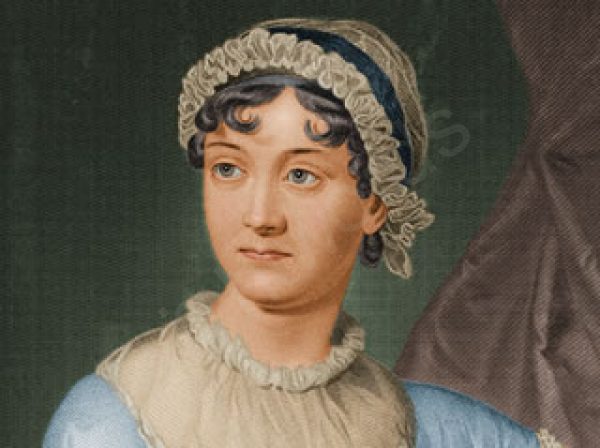
The Divine Jane Austen
Was the wit of Jane Austen more pronounced when she observed, in a letter to her sister Cassandra, that a book agent was “a rogue, but a civil one”? Or when she remarked in another such letter on the habit (and gave a description) of fruit-adorned hats, evidently all the rage in late 18th-century England?
Perhaps what is most astonishing in the exhibit, A Womans Wit: The Life and Legacy of Jane Austen, organized by the Morgan Library, in New York, is that none of Austens manuscripts survive. J.P. Morgan began in 1920 to buy her letters; the Morgan holds 51. Included in this exhibit is an engraving of the writer, who died in 1817, age 41, after producing such masterworks in the English language as Pride and Prejudice, Sense and Sensibility, Mansfield Park, and Emma. Like Siri Hustvedt, but unlike Siri Hustvedt, I was given my first Austen book at age 12, if memory serves, as a Christmas gift. It was many decades later that I realized, on reading Rosalind Krauss (the art theorist-historian), that Austen has been considered not only one of the greatest novelists of the English language but a true author of the picturesque. Krauss makes use of Austens description of Elizabeth Bennets first sight of Pemberley House to consider, as Elizabeth Bennet did with “delight,” that the encounter with the picturesque is often framed as a snapshot from the rise of a hill. “They gradually ascended for half a mile..”
It is indeed that time of year or the weekend to repair to the couch with a good book. And on this writers from Cornel West to Hustvedt to Samuel Beckett all agree: There is no going wrong with Jane Austen.
